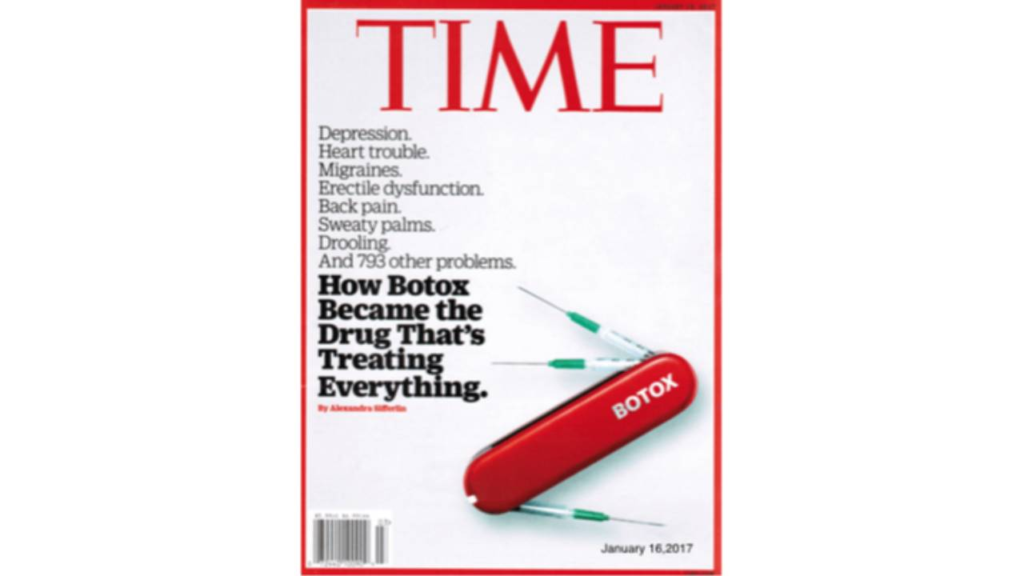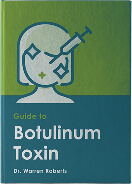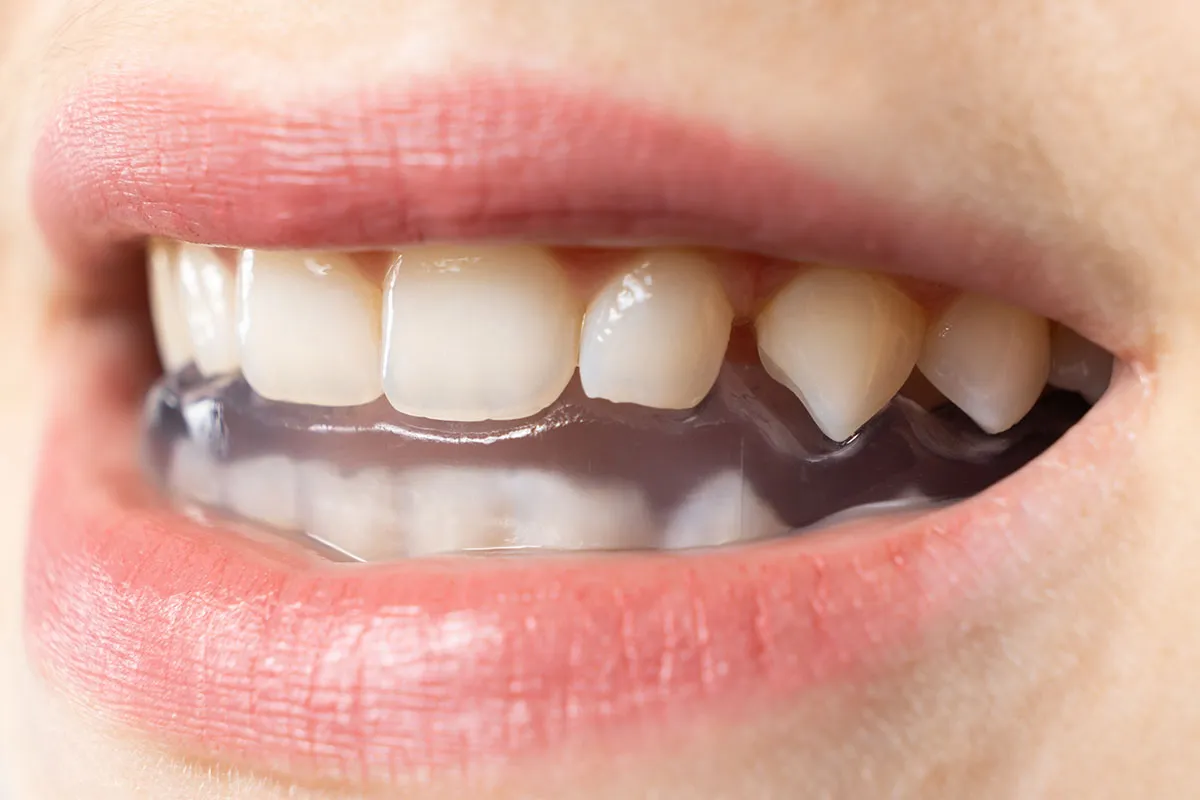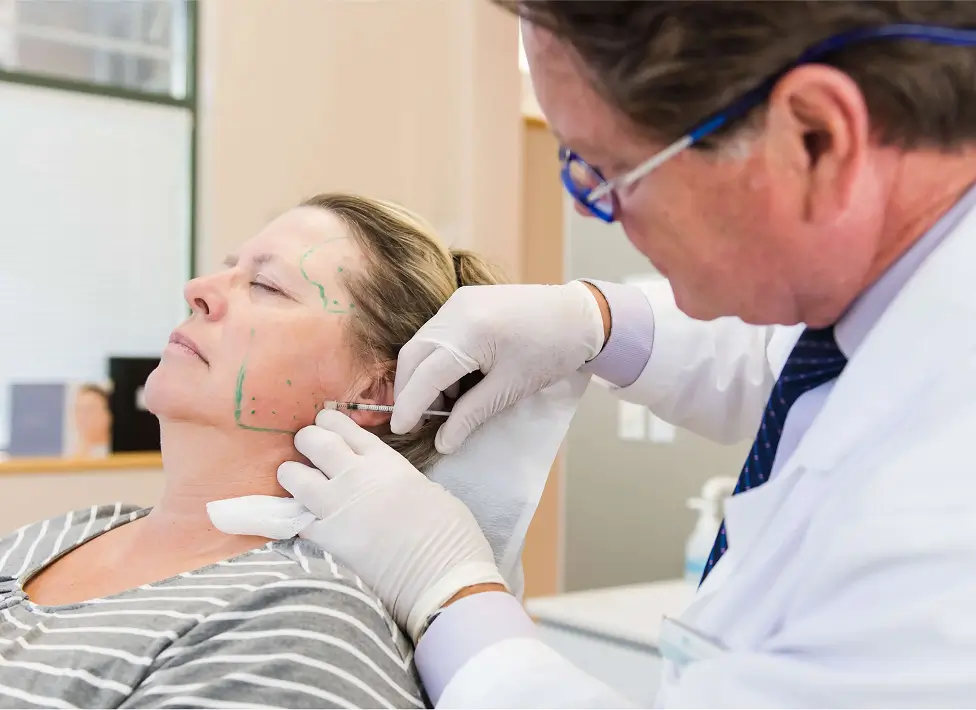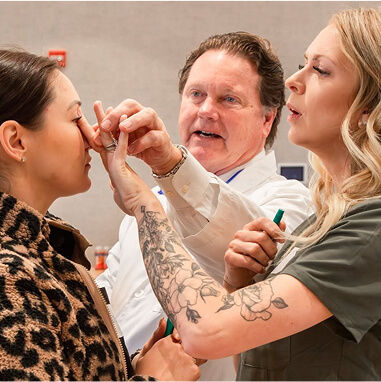Mention Botox (the neuromodulator Botulinum Neurotoxin Type A or BoNt-A sold in North America as Botox, Dysport, and Xeomin), and the average person thinks immediately of wrinkles. However the January 16, 2017 issue of Time Magazine’s cover page article identified 800 medical uses of BoNt-A including depression, heart trouble, migraines, erectile dysfunction, back pain, sweaty palms, drooling and 793 other problems. As dental health practitioners it is important for us to open our minds and begin to understand how BoNt-A fits into our diagnostic and treatment armamentarium thereby improving the well being of our patients.
As Canadians we should feel proud that in the 1990’s Drs. Jean and Alastair Curruthers put Vancouver, BC on the map medically speaking, discovering how BoNt-A can be used to improve facial aesthetics. Huge strides have occurred since they first pioneered its use for reducing crow’s feet around the eyes (peri-orbital rhytids). Few then would have thought that BoNt-A would be used today for treating the muscles of mastication and every muscle of facial expression of the face and neck.
First therapeutic Botulinum Toxin Uses Discovered
A few years later in Toronto two other Canadians, Drs. Marvin Schwartz and Brian Freund pioneered the therapeutic use of BoNt-A for relieving chronic pain and dysfunction. Their research led to the understanding of the multiple mechanisms of action of BoNt-A. Again few would have thought that today BoNt-A would be used to treat clenching, bruxism, TMD, myofascial pain, trigeminal neuralgia, headache, migraine etc.
As with any treatment modality, proper training is essential. Some practitioners have felt that BoNt-A is useful only for treating frivolous aesthetic concerns and have proceeded to administer it as such; hence the popularity of the ˜Botox Party’. With such haphazard administration, numerous (two to nine per cent) negative side effects became common.
To achieve predictable results and avoid negative side effects, in-depth knowledge of the relevant anatomy is essential. Reviewing facial anatomy in the lab, learning how to locate bony landmarks and facial muscle origins and insertions permits accurate placement of the drug with no negative side effects. Simply taking a syringe of BoNt-A and injecting into wrinkles without a clear understanding of the bony landmarks and origin and insertion of relevant muscles is a recipe for disaster.
Additionally, to drastically improve treatment results one needs a way to accurately assess results by comparing before and after images. The Roberts Facial Rejuvenation Photography (RFRP) series provides such a means. The photography series comprises a set of 29 photographs taken from a variety of angles before treatment and again two weeks later.
Using comparative Facetec software both patient and practitioner can view the changes and assess the results By marking and photographically recording the landmarks plus the actual injection sites, it is possible to ascertain if any adjustments are required in the anatomical placement of the medication to obtain optimal results. Precise photography is required to ensure before and after photographs are comparing apples with apples and not apple with oranges.
Precise anatomical placement also allows assessment of proper dosage. Somewhat higher dosages than those used for aesthetic treatment alone results in reduction of headaches and migraines. A threshold dosage, carefully placed, must be reached in order to obtain therapeutic relief. At this juncture, the secondary and tertiary mechanisms of action of BoNt-A come into play and there is a synergy between aesthetic and therapeutic outcomes. Additionally, and not inconsequentially, there is a relationship between looking good and feeling good (Fig.13). In 2018 the US FDA is expected to approve the use of BoNt-A for treatment of anxiety and depression.
This synergistic relationship between aesthetic and therapeutic injections is frequently accomplished with lower dosages than those recommended in studies such as Allergan’s PREEMPT migraine study. The lower dosages can be attributed to an understanding of the three distinct mechanisms of action of BoNt-A.
The primary mechanism of action works on muscle (initially applied to the muscles of facial expression and since expanded to many muscles of the human body). The secondary mechanism of action works on afferent pain pathways. An understanding of these pathways allows anatomical placement of BoNt-A to diminish painful input. The tertiary mechanism of action acts directly and indirectly on the Central Nervous System. The dental profession would be well served by understanding the relationship amongst these three mechanisms of action and their impact on our dental diagnosis and treatment.
Understanding how Botulinum Toxin is Used for Dental Treatments
Many aspects of dental treatment should include an understanding of how BoNt-A works. Hyperactive muscles can be detrimental to periodontal, surgical and implant procedures; angiogenesis is greatly affected by muscle pull. Gingival recession can also be exacerbated by muscle pull. Differential diagnosis of endodontic pain can be aided with the use of BoNt-A. Bruxism and myogenic TMD often involve hypertrophic muscles. Chronic grinding can be revealed in the RFRP photography series by identification of the PTIFAT Platysma band, providing a clue to the source of discomfort and pain. Hypertrophic muscles are readily observed thru the RFRP photography series, often thru the size and shape of the face.
Botulinum Toxin Uses for Aesthetic and Therapeutic Treatments
There is significant overlap between aesthetic and therapeutic treatment. Many practitioners only perform aesthetic BoNt-A injections while others only therapeutic. A deeper understanding of how the two are related is required in order for the profession to serve our patients most effectively. As the medical profession has discovered over 800 uses for BoNt-A, the dental profession needs to expand its knowledge to the benefits this medication can provide and not dismiss it as a frivolous drug.
Deeper understanding of the anatomy involved and thorough recording of the pre-treatment and post-treatment results along with the injection sites will provide our patients with a higher level of care.
We must open our minds to the benefits that BoNt-A can provide cour patients and erase the concept that its use is only for frivolous aesthetic concerns. Incorporating this treatment modality into our practices can significantly benefit our patients.
This article was published in the April 2018 edition of Oral Health’s magazine.
View the original PDF Botulinum Toxin: Not Just A Pretty Face.
